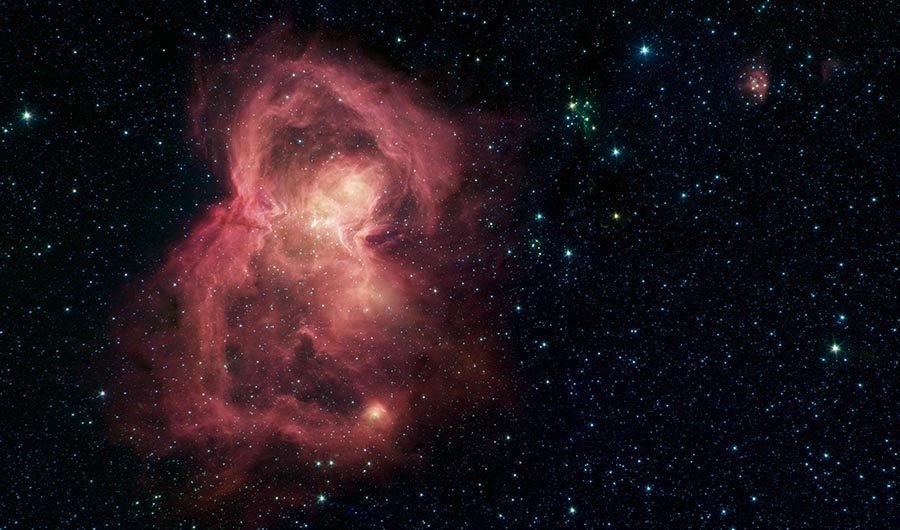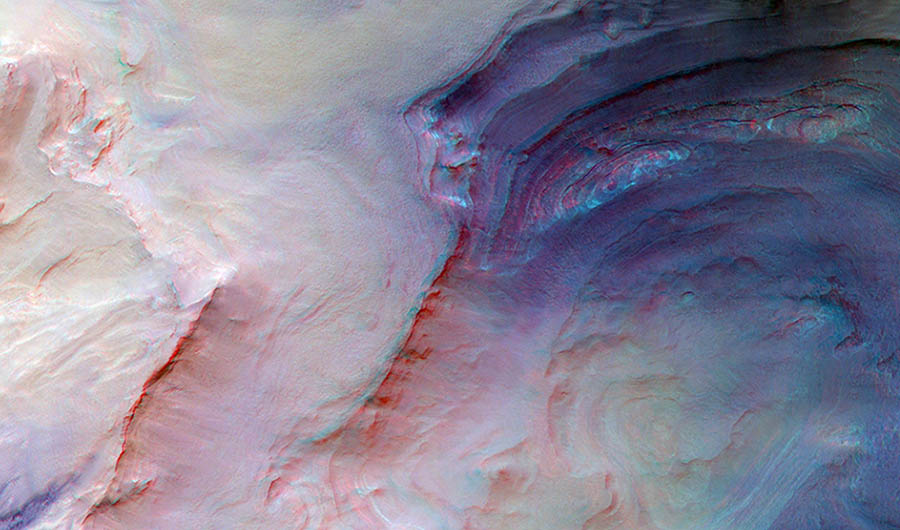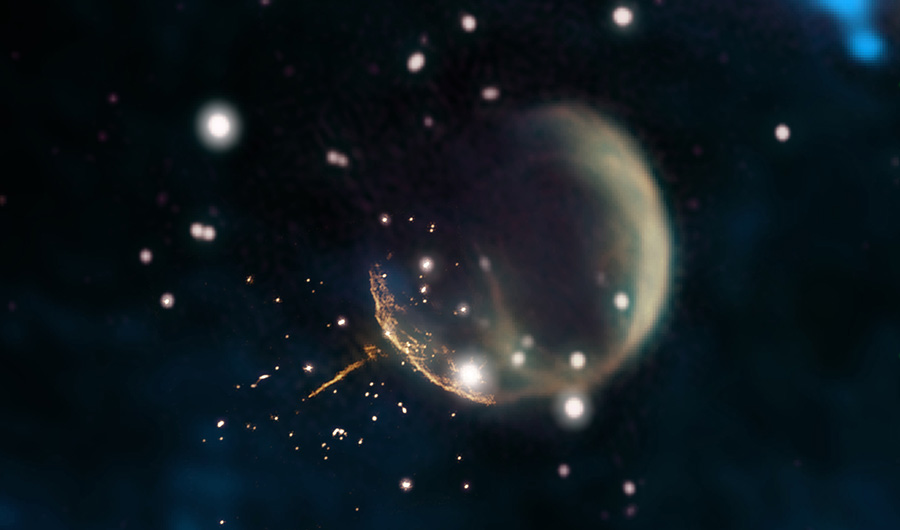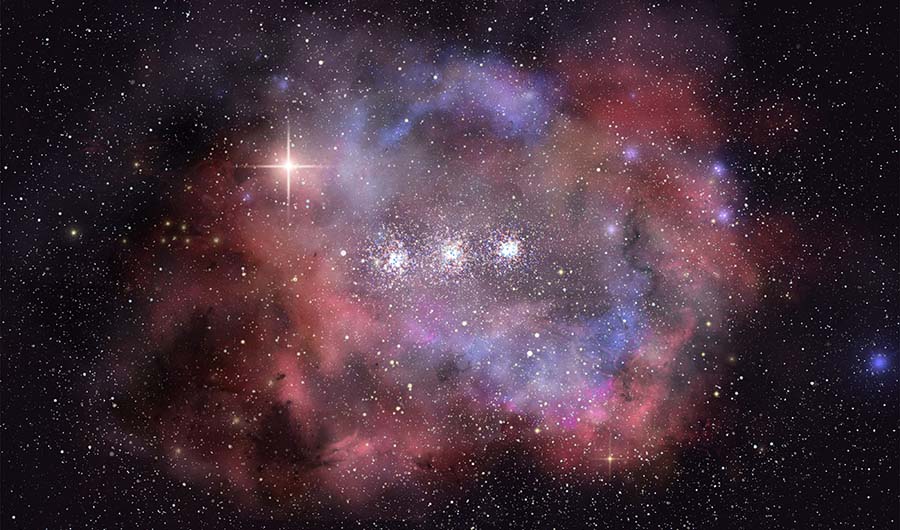March's Stellar Space Pictures
Spring has sprung: Interstellar edition.
Image
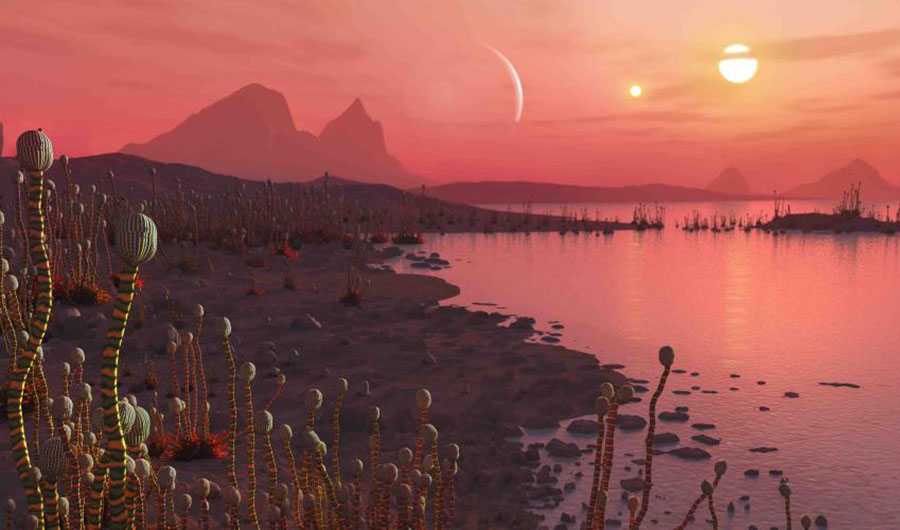
Media credits
(Inside Science) -- This March, we take a look at images of space that echo the signs of spring we're starting to see in the Northern Hemisphere. From budding potential life on other worlds, to a butterfly-shaped galaxy filled with young stars, these images evoke life and energy found in the most distant corners of the universe.
Filed under


